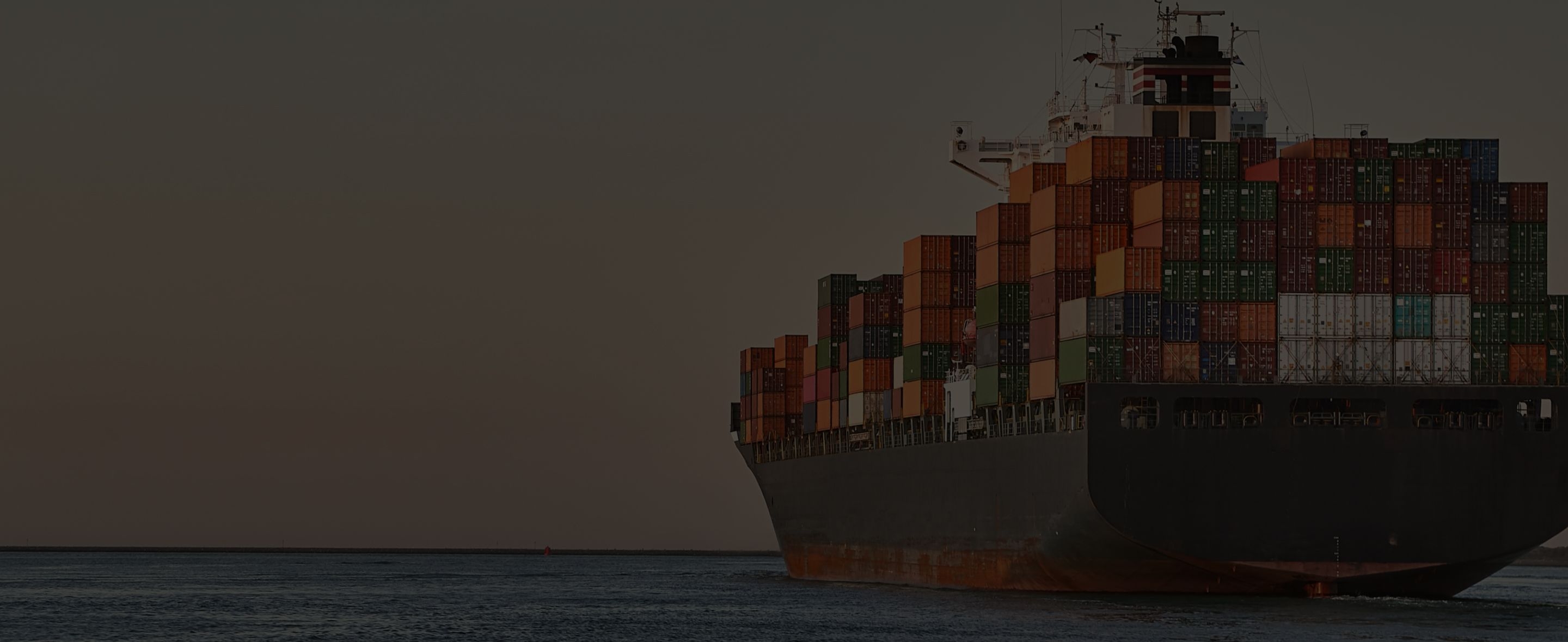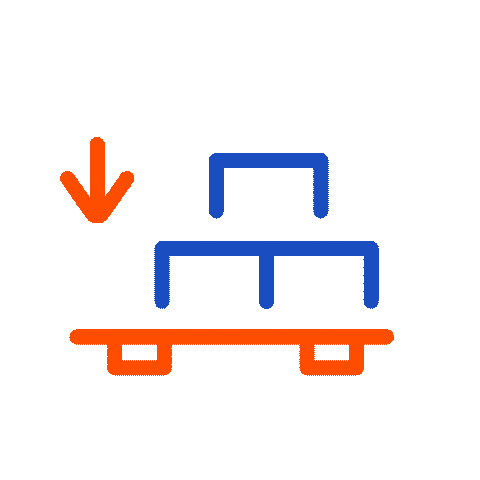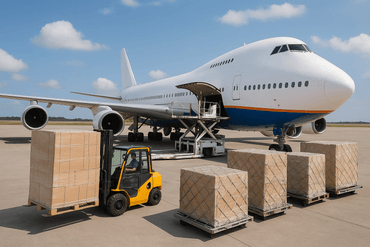
How to understand ocean freight quotes



There is tremendous work that goes into shipping a merchandise. Those unfamiliar with the sector and looking to understand it find themselves struggling to handle the steep learning curve. Terms, conditions, potential delays, and above all, abbreviations form part and parcel of the industry and container shipping rates.
Here are the elements of ocean freight quotes and what they consist of.
Freight and freight surcharges
Freight: This is the base rate charged by the carriers.
BAF (Bunker Adjustment Factor): This is also sometimes referred to as FAF, or Fuel Adjustment Factor. This is a compensation fee for the shipping vessel’s fuel cost, which can sometimes fluctuate and get adjusted last minute without prior notice.
CAF (Currency Adjustment Factor): This is a charge that applies when the shipment is payable in a foreign currency subject to major exchange rate fluctuations. It compensates for any existing exchange rate risks.
EIS (Equipment Imbalance Surcharge): Shipping lines sometimes impose this temporary charge in order to recuperate the loss of having to transport container between countries with a trade imbalance.
GRI (General Rate Increase): A General Rate Increase is the adjustment (normally an increase) of freight rates across shipping routes by shipping lines.
Congestion: This fee involves shipping vessels sometimes having to line up and wait for their turn to load and/or unload.
PSS (Peak Season Surcharge): This is a fee that’s applied during the peak shipping season. It applies to all shipments being transported along certain trades during the busy periods.
LSF (Low Sulphur Surcharge): This fee offsets additional costs incurred by shipping lines for switching to cleaner fuels in Emission Control Areas (ECA). It came into law at the start of 2015.
Local charges
THC (Terminal Handling Charge): Every port has varying handling fees. THC represents the fees incurred at the ports for the handling of goods.
Port Taxes: A fee charged by the port or harbor authority for using the its facilities at the port.
B/L Issuance: This is a charge issued by the shipping line for sending out the Bill of Lading.
Seal: Shipping lines sometimes charge a seal fee for having to change container seals or any documentation related to the container seal.
Cleaning: Shipping lines occasionally apply this surcharge if/when a container requires cleaning.
ISPS (International Ship and Port Facility Security): This fee is aimed at enhancing maritime security. Introduced post Sept 11, it grants certain countries the right to take appropriate measures to enhance the security of their ports and arriving vessels.
Related Articles


